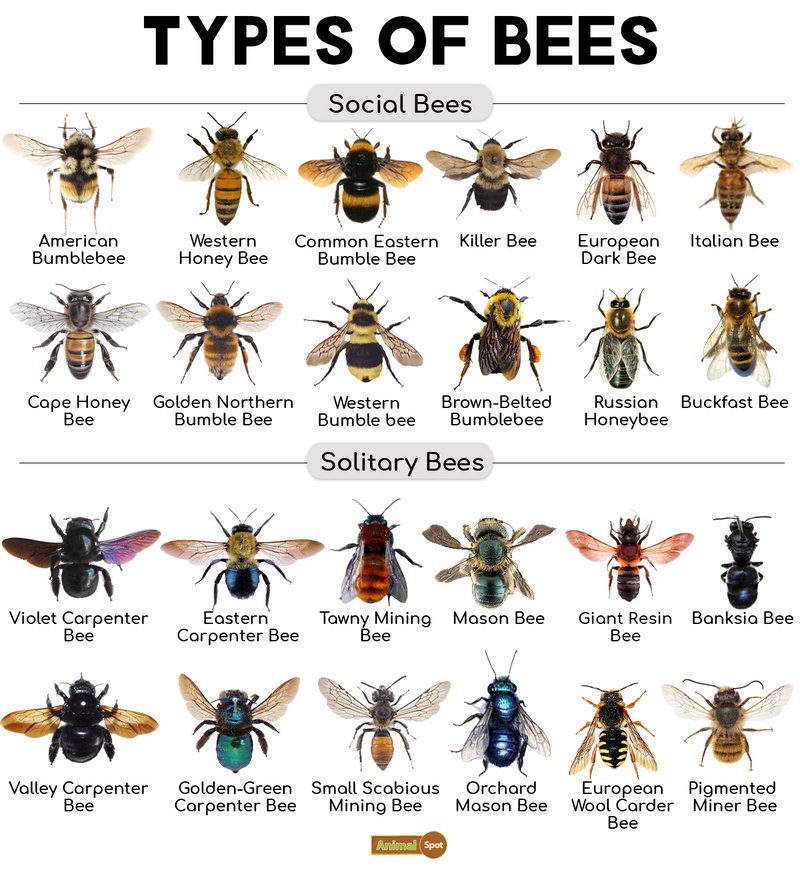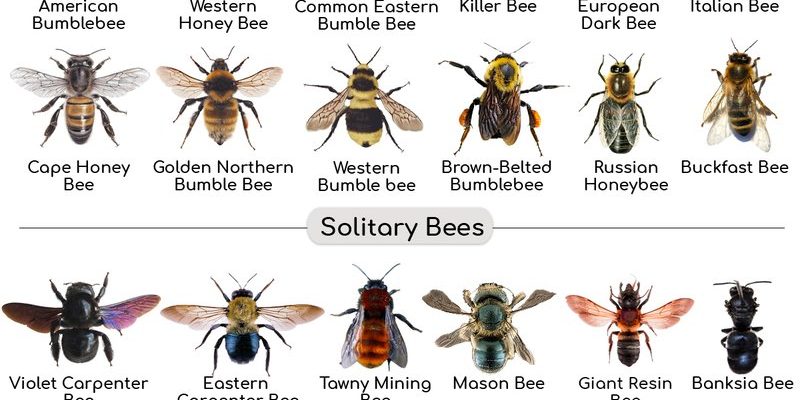
Think of it this way: if bees were musicians, Africanized bees would be the heavy metal band—intense and aggressive—while honeybees would be more like a calm acoustic group, creating harmony in gardens and farms. You might be thinking, “Wait, can’t all bees just get along?” Here’s the thing: while they all serve vital roles in pollination, their temperaments and behaviors can differ drastically.
In this article, we’ll break down the key differences between killer bees and their more mellow counterparts. We’ll also explore why these differences matter, particularly if you live in an area where Africanized bees have made a home.
What Are Africanized Bees?
Africanized bees, often called killer bees, are a hybrid of the African honeybee and various European honeybee species. They were first introduced in Brazil in the 1950s and have since spread throughout South America, Central America, and the southern United States. These bees were bred for their ability to produce honey and adapt to tropical climates.
But why the scary nickname? Well, Africanized bees are highly defensive. They react more aggressively when they feel threatened compared to other bee types. If you ever find yourself near a hive of these bees, it’s best to keep your distance!
Unlike their European cousins, which might tolerate a bit of disturbance, Africanized bees are known to swarm more frequently and pursue perceived threats much farther. This means more potential danger for anyone who accidentally stumbles near their hive.
Comparison with Honeybees
Honeybees are probably the most well-known and widely studied bees. They’re essential for pollination and are responsible for producing the honey we enjoy. While honeybees can be defensive, they usually have a more relaxed temperament. Let’s break down some of the main differences:
- Temperament: Honeybees tend to be less aggressive. They might sting if they’re clearly threatened, but they generally prefer to avoid confrontation.
- Swarming Behavior: Honeybees swarm less often than Africanized bees. A honeybee colony might swarm to reproduce, while a killer bee colony may swarm multiple times in a season.
- Colony Size: Africanized colonies can be larger, and they’re more likely to reproduce quickly and aggressively. This helps them spread rapidly.
- Defensive Mechanism: While both types will defend their hives, Africanized bees will chase potential threats much farther away from their home.
Understanding these traits can help you gauge the level of risk when encountering bees in the wild or your backyard.
Behavior and Aggression Levels
You might be wondering how these different bee types compare in terms of behavior. Well, Africanized bees are known for their *highly aggressive behavior* when defending their hive. They’ll react to disturbances with remarkable speed and can swarm in large numbers.
In contrast, honeybees will often rely on a more measured response to threats. For example, if you accidentally brush against a flower they’re pollinating, they might buzz around you a bit but will typically retreat if you back off. They understand that pollinating flowers is their main job.
Africanized bees, however, don’t think twice about defending their territory. They can chase for hundreds of yards, making them more intimidating. Because of their rapid reproduction and aggressive behavior, they can quickly establish new colonies, which adds to their presence and danger, especially in areas where they coexist with other bee types.
Physical Characteristics
When it comes to physical traits, killer bees aren’t drastically different from honeybees, but there are subtle distinctions worth noting. Africanized bees are generally smaller and have slightly darker bodies compared to the larger, lighter-colored honeybees.
The real challenge comes in identifying them at a glance. The variations are minor, which can make it tricky for someone without experience. If you ever find yourself in a situation where you need to identify them, focus on their behavior rather than their looks.
Here’s a quick summary of how to differentiate:
- Size: Africanized bees are usually a bit smaller.
- Color: They may appear darker, but the difference is often subtle.
- Buzzing: Their buzzing sound can be more frantic during defensive situations.
Importance of Pollination
All bees, whether they’re killer bees or honeybees, play a crucial role in pollination. Pollination is the process where pollen from one flower reaches another, allowing plants to reproduce. This process is vital for growing a variety of fruits, vegetables, and nuts.
Killer bees do pollinate, but their erratic behavior can sometimes deter people from wanting to plant gardens or maintain a healthy ecosystem. Honeybees, on the other hand, have become synonymous with gardening and agriculture, as they peacefully buzz from flower to flower.
Besides food production, bees help maintain the health of entire ecosystems by supporting plant diversity. This is something we should all keep in mind, regardless of the bee type buzzing around us.
Safety and Precautions
If you live in an area known for Africanized bees, understanding how to stay safe is essential. Here are a few tips to keep in mind:
- Avoid disturbing hives: If you see a hive, give it space. Never attempt to engage or remove it yourself.
- Wear protective clothing: If you must work near a known hive, consider protective gear, like bee suits or thick clothing.
- Stay calm: If you encounter killer bees, try not to panic. Running away can trigger them to chase you further.
- Call professionals: If you find a hive in a location that poses a risk, contact pest control or local beekeepers for safe removal.
Remember, while killer bees are dangerous, the best course of action is to respect their space and allow professionals to handle any potential threats.
By now, you have a clearer understanding of the differences between killer bees and other bee types. While they serve similar roles in the environment—especially in pollination—their behaviors and temperaments can be worlds apart. Recognizing these differences is important not just for your safety but also for appreciating the complex roles these insects play in our ecosystem.
Whether you encounter a honeybee happily collecting pollen or an Africanized bee defending its territory, the key takeaway is respect. If you respect their space and understand their behaviors, you can coexist safely. Plus, the buzz of bees is a reminder of nature’s incredible intricacies, helping our world thrive in ways we often take for granted.

